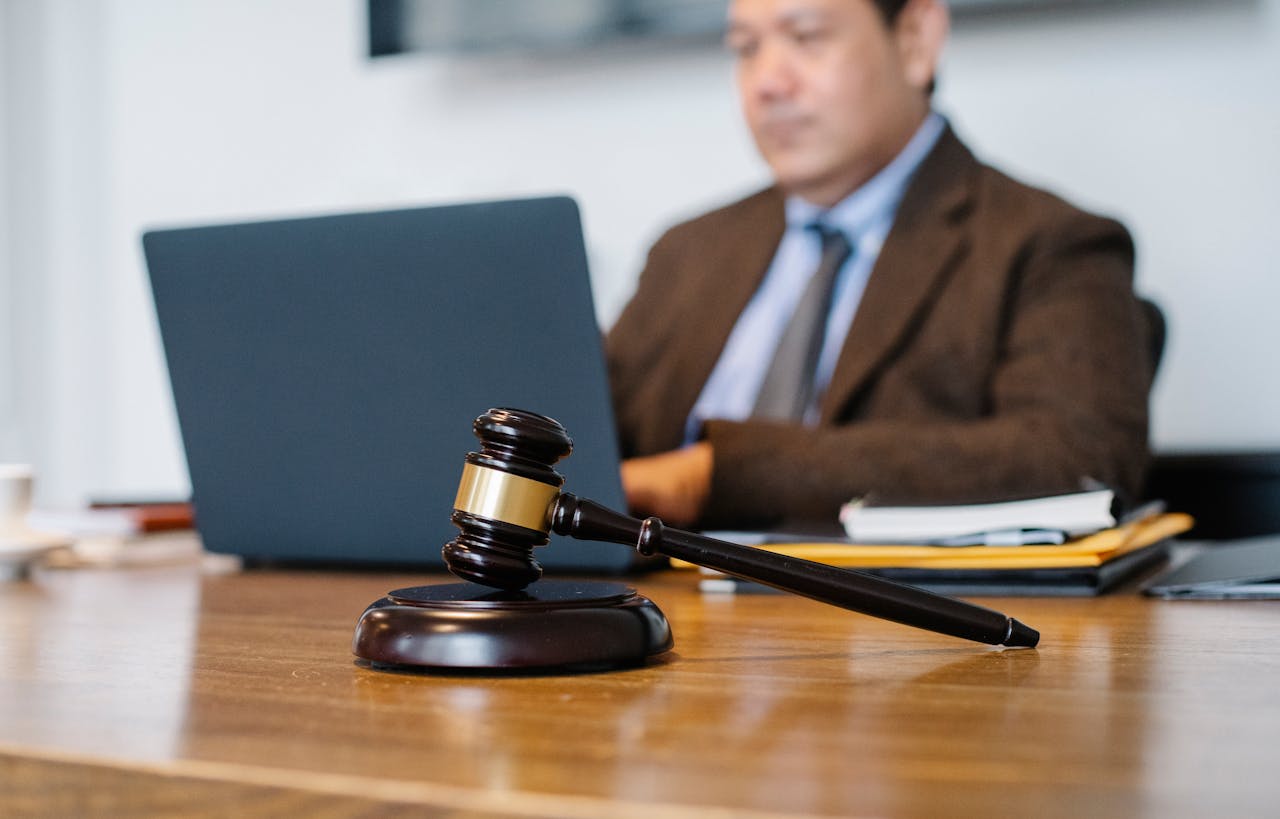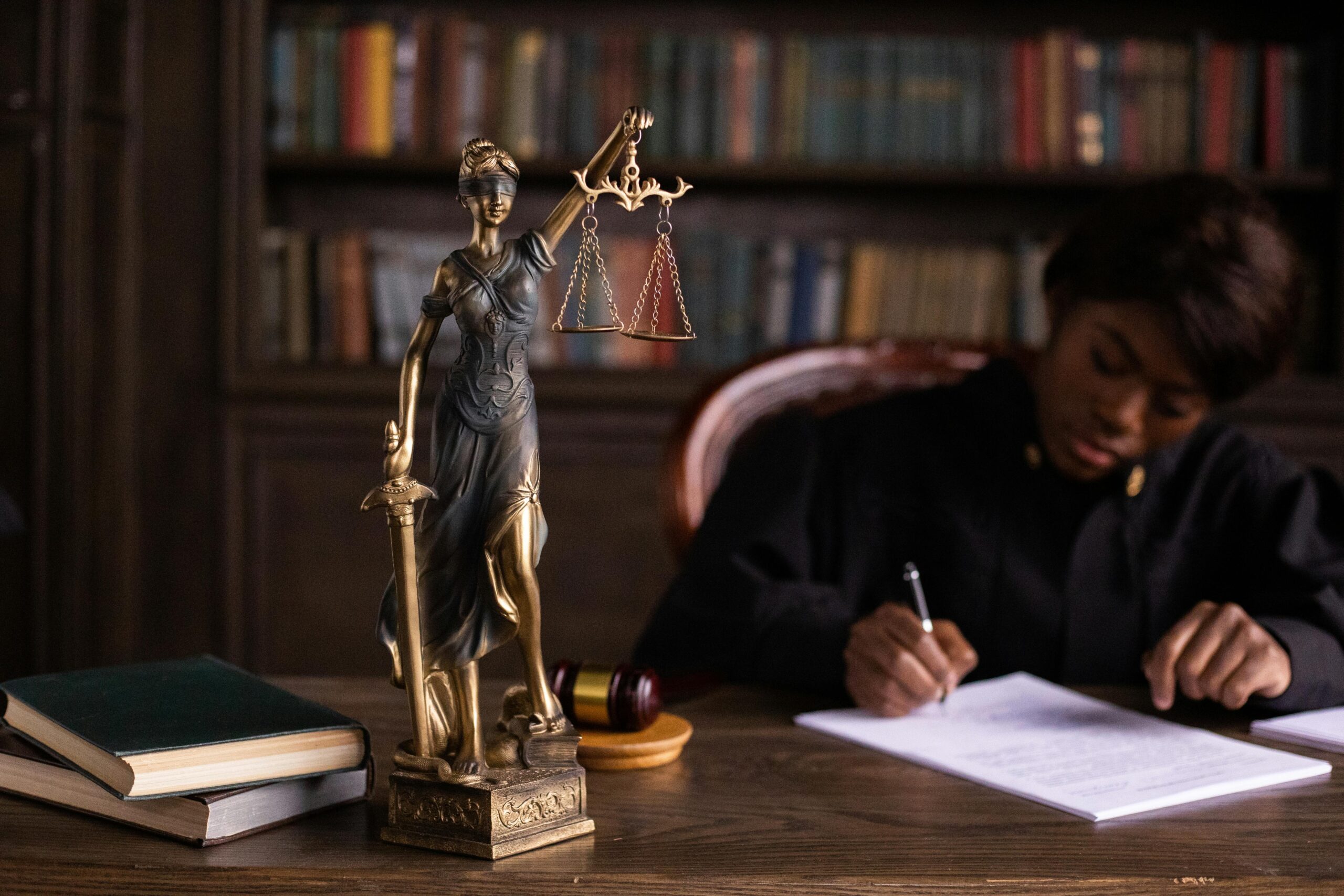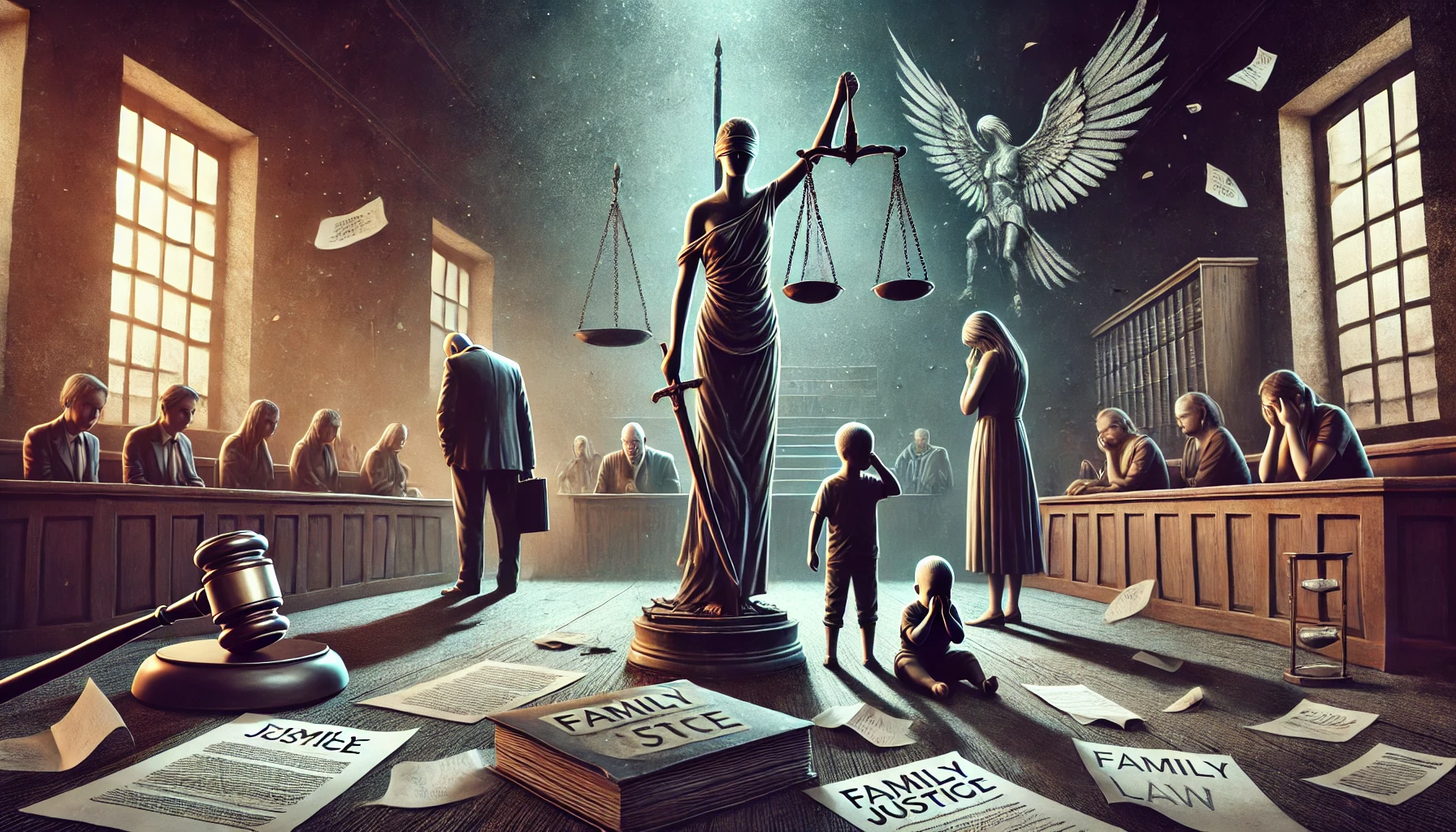Authored By: JABALIN SU KAN YA
Junior Associate at White & Wise Law Firm
Introduction
Intelligence – We call ourselves Homo sapiens – man the wise – because our intelligence is so important to us. For thousands of years, we have tried to understand how we think; that is, how a mere handful of matter can perceive, understand, predict, and manipulate a world far larger and more complicated than itself.
Artificial Intelligence (AI) – The field of artificial intelligence, or AI, goes further still: it attempts not just to understand but also to build intelligent entities. AI is one of the booming fields in science and engineering. AI currently encompasses a huge variety of subfields, ranging from the general (learning and perception) to the specific, such as playing chess, proving mathematical theorems, writing poetry, driving a car on a crowded street, and diagnosing diseases. AI is relevant to any intellectual task; it is truly a universal field. In simple terms, it is a set of technologies that allows computers to perform complex tasks that are done by humans.
Intellectual Property (IP) – refers to creations of the mind, such as inventions; literary and artistic works; designs; and symbols, names and images used in commerce.
Intellectual Property Rights (IPR) – legal rights that protect a person or company’s creations of the mind, such as inventions, designs, and artistic works, from being used without their consent. Intellectual Property is protected in law by, for example, patents, copyright and trademarks, which enable people to earn recognition or financial benefit from what they invent or create. By striking the right balance between the interests of innovators and the wider public interest, the IP system aims to foster an environment in which creativity and innovation can flourish.
With AI’s increasing involvement in creative processes and innovation, many countries, including India, face significant challenges in applying traditional Intellectual Property Rights (IPR) laws to AI-generated creations. Indian IP laws, which are rooted in human-centric concepts of authors, inventors, and owners, must adapt to address the unique issues raised by AI. This article explores the intersection of AI and IPR in India, examining the legal challenges and opportunities in areas such as copyright, patents, and trademarks, with a focus on recent cases and relevant legal provisions.
- AI and Copyright Law in India: Ownership and Authorship
Copyright law protects original works of authorship, such as literature, art, music, and software. Under Indian copyright law, Section 2(d) of the Copyright Act, 1957 defines an author as the person who creates a work. However, AI challenges this by generating content autonomously, raising the question of who owns the copyright to works created by AI.
- AI and Ownership – If AI cannot be recognized as an author, the question of ownership arises. Since no human author is identified, this raises the question of rights and ownership to AI-generated works. In most cases, ownership is attributed to the owner or developer of the AI system, which can lead to disputes regarding the extent of human involvement in the creation process. For instance, programmers, users, or companies that own AI tools may claim rights over works created by AI.
- The Authorship Dilemma – Under Indian law, the Copyright Act, 1957 does not recognize non-human creators. The Indian Copyright Office maintains that copyright protection is granted exclusively to works created by human authors. In the case of AI-generated works, the issue arises as to whether the owner of the AI system, the creator of the algorithm, or the user who prompts the AI should be considered the rightful owner of the copyright. Case Law: DABUS Case (2021) – While not an Indian case, the DABUS case has sparked global discussions, including in India. In this case, an AI system named DABUS created a design and was named as the inventor in a patent application. The Indian Patent Office (IPO) rejected the application, stating that human inventorship is a requirement under Indian patent law. This case reflects the legal uncertainty surrounding AI-generated works and the need for reforms to Indian copyright law to address AI’s role in creativity (Thaler v. The Comptroller General of Patents, 2021).
- Proposed Reforms and Legal Uncertainty – To address these challenges, there is a call for legal reform to introduce new categories of ownership specifically for AIgenerated works. This would provide clearer guidelines for assigning intellectual property rights and prevents AI-generated works from unintentionally falling into the public domain. India’s Copyright Act, 1957 may need to be amended to address AIgenerated works. Some legal experts suggest that a new category of AI-generated works may be necessary, which would allow for the assignment of ownership to those who utilize AI to create such works. However, as of now, the lack of clear provisions leaves room for significant legal ambiguity.
- AI and Patent Law in India: Inventorship and Patentability
Patent law protects inventions that are novel, non-obvious, and useful. In the context of AI, the challenge lies in determining inventorship when AI systems autonomously contribute to the creation of new inventions. Under Section 6 of the Patents Act, 1970, the term “inventor” is restricted to a human individual, and AI is not recognized as an inventor.
- AI and Human Inventorship – The Indian Patent Office follows international norms in recognizing only human inventors. However, AI’s growing role in generating inventions raises questions about whether AI should be recognized as a contributor, or at least acknowledged in patent filings. It explores the fundamental question of whether creations by AI systems qualify for patent protection, given the human-centric approach of Indian patent law as outlined in the Patents Act, 1970. The article highlights global debates, referencing cases like the DABUS AI case, where courts diverged on recognizing AI inventors. It discusses India’s lack of explicit provisions addressing AI inventorship, underscoring the need for legislative clarity.
- AI-Generated Inventions: Novelty and Patentability – Another issue arising in Indian patent law concerns the novelty and non-obviousness requirements for AIgenerated inventions. Since AI systems can analyze vast amounts of data and identify patterns that humans may overlook, AI-driven inventions may raise concerns about patent eligibility especially if the inventions are not truly novel or are too obvious. This raises questions about how AI-generated inventions should be evaluated under patent law, particularly when AI can produce solutions based on pre-existing knowledge or data.
- Proposed Reforms – Legal scholars in India have called for reforms to patent laws to accommodate AI contributions. Some suggest that a dual inventorship system could be introduced, where AI systems are listed as contributors to inventions while humans remain the primary inventors. This would help address the growing influence of AI while ensuring that human inventors retain control over patents.
3. AI and Trademarks in India: Branding and Legal Issues
Trademarks protect distinctive marks, logos, or signs that distinguish the goods and services of one business from another. AI is increasingly being used in the creation of logos and brand names, which raises questions about the originality and ownership of these AIgenerated marks.
- AI-Generated Trademarks: Ownership and Originality – In India, trademark law requires that a mark be distinctive and not conflict with existing marks (The Trade Marks Act, 1999). If AI is used to generate a logo or brand name, there may be concerns about whether the mark is sufficiently distinctive. Since AI can generate logos and marks by analyzing existing designs, there is a risk that AI may create marks that are not sufficiently original or that resemble existing trademarks, leading to potential infringement issues. Traditionally, the ownership of a trademark is attributed to a “natural person” or a legal entity that creates or applies for it. However, when AI generates a trademark, assigning authorship becomes complex since AI lacks legal personhood. India has yet to see landmark trademark cases directly involving AI systems. However cases like Tata Sons Limited v. Hakunamatata Tata Founders & Ors. (2022) dealt with the misuse of trademarks in the digital domain and emphasizing protection against such technological misuse. Highlights the importance of protecting trademarks in cyberspace. Amway India Enterprises Pvt. Ltd. v. 1MG Technologies Pvt. Ltd. (2020) dealt with Reinforces intermediary liability in digital trademark use. Dabur India Ltd. v. Emami Ltd. (2004), though predating AI, this case emphasized comparative advertising. With AI tools now crafting comparative ads, the case sets a precedent for dealing with tech-driven advertising and its impact on trademarks. Christian Louboutin SAS v. Nakul Bajaj (2018) addressed unauthorized use of trademarks on online platforms. Red Bull AG v. Pepsico India Holdings Pvt. Ltd., originality and distinctiveness were pivotal in determining trademark validity. By analogy, if AI generates a mark, the legal owner would likely be the entity operating or owning the AI system.
- Ownership of AI-Generated Marks – If an AI generates a trademark, the question arises as to whether the owner or the user of the AI system should hold the trademark. Current Indian trademark law does not address this scenario explicitly, leaving owners of AI systems in uncertain legal territory.
- Legal Reforms in India: Addressing the AI-IPR Conundrum
The rapid evolution of AI technologies requires an overhaul of India’s intellectual property laws to account for AI-generated works and inventions. Legal reforms could address the following areas:
- AI-Specific IP Categories: Introducing a new class of AI-generated works and recognizing AI as a contributor to innovation and creativity could streamline the ownership and protection of AI-generated content.
- Dual Inventorship and Authors: Amending the Patents Act and Copyright Act to allow for AI as a contributor or assistant author could provide a clearer framework for recognizing AI’s role in the innovation process.
- International Harmonization: As AI does not respect national boundaries, India must collaborate with other jurisdictions to establish a harmonized global approach to AI and IPR.
- Opportunities
The intersection of Artificial Intelligence (AI) and Intellectual Property Rights (IPR) offers significant opportunities in the legal field, particularly in the development of frameworks for AI-generated works and the protection of AI technologies. Lawyers can assist in addressing the complexities of copyright protection for AI-created content, ensuring compliance with existing laws while advocating for legislative updates to accommodate technological advancements. Additionally, legal professionals can explore patent strategies for AI innovations, trade secret protections, and licensing agreements tailored for AI applications. This growing area also requires expertise in ethical AI practices and navigating disputes related to ownership and infringement. For instance, the World Intellectual Property Organization (WIPO) emphasizes the importance of legal clarity in AI-IPR intersections, providing opportunities for legal advisors to contribute to policy-making and global standardsetting
- Conclusion
India is at a crossroads in addressing the challenges posed by AI to its intellectual property regime. AI systems are increasingly creating innovative and creative works, yet India’s existing IP laws were not designed to handle the complexities of non-human creators. Reforms are necessary to provide clearer guidance on ownership, inventorship, and protection of AI-generated works. As AI continues to advance, The Legal System must adapt its intellectual property laws to ensure that innovation is adequately protected while maintaining fairness and fostering technological development.
References
- Artificial Intelligence A Modern Approach 3rd Edition – Stuart Russell & Peter Norvig (2010).
- World Intellectual Property Organization (WIPO), ‘Issues Related to the Attribution of Inventorship in AI-Generated Inventions’ (WIPO Report, 2020) https://www.wipo.int.
- Copyright Act, 1957, Government of India.
- Thaler v. Comptroller General of Patents, (2021) UK High Court.
- The Trade Marks Act, 1999, Government of India.
- Tata Sons Limited v Hakunamatata Tata Founders & Ors. (2022) CS (Comm) 187/2022 (Delhi HC).
- Amway India Enterprises Pvt Ltd v 1MG Technologies Pvt Ltd (2020) CS (Comm) 249/2020 (Delhi HC).
- Dabur India Ltd v Emami Ltd (2004) (Delhi HC).
- Christian Louboutin SAS v Nakul Bajaj & Ors. (2018) CS (Comm) 344/2018 (Delhi HC).
- Red Bull AG v Pepsico India Holdings Pvt Ltd (2019) CS (COMM) 3/2019 (Delhi HC).
- Cohen, J. “AI and Patent Law: Inventorship and Ownership in the Age of Machines.” Journal of Intellectual Property Law, (2020) – 28(3), 45-67.
- Samuelson, P. “The Copyright Dilemma in the Age of AI: Who Owns What Machines Create?” Harvard Journal of Law and Technology, (2019) – 32(1), 121139.
- World Intellectual Property Organization, ‘Revised Issues Paper on Intellectual Property Policy and Artificial Intelligence‘ (WIPO 2020) para 2.4.





